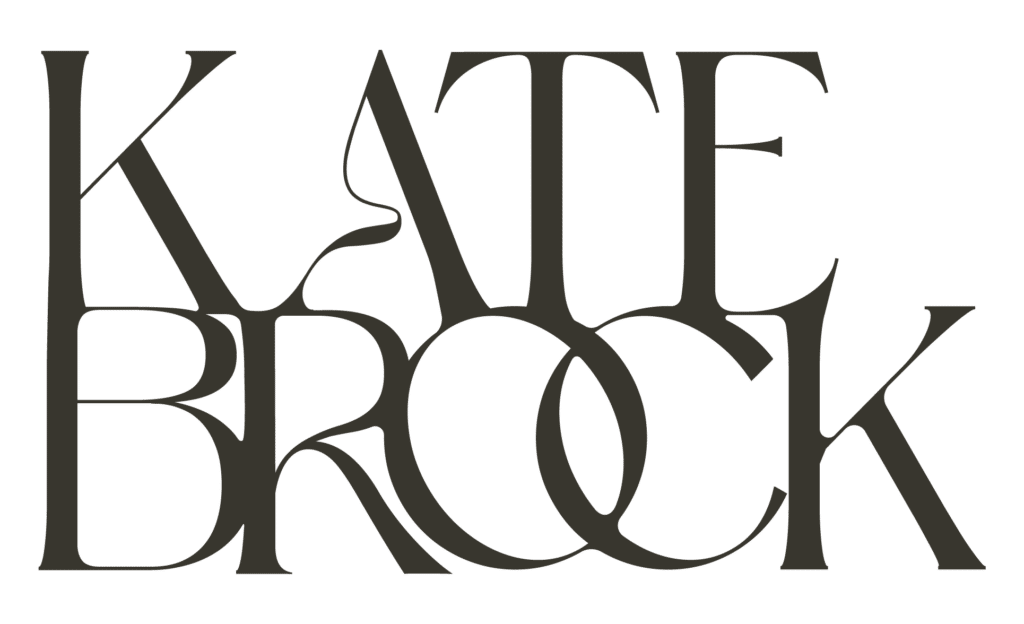Nutrition counseling is a key component of overall health and well-being, and something you may not know is that your out-of-network insurance benefits can cover these services! In this blog post, I will guide you through the steps to utilize your out-of-network insurance benefits for nutrition counseling, including the specific CPT codes (97803 and 97802) and the variability of covered diagnostic codes based on the diagnosis.
Understanding Out-of-Network Benefits
Before jumping into the process, it’s crucial to understand the nuances of out-of-network benefits. Out-of-network coverage allows you to access healthcare providers outside your insurance plan’s network, offering flexibility and choice.
Step 1: Review Your Insurance Policy
Begin by thoroughly reviewing your insurance policy, paying close attention to the specific terms, coverage limits, and any requirements set by your insurance provider. Identify the information regarding out-of-network coverage for nutritional services, including the reimbursement rate and any deductibles or co-pays associated.
Step 2: Verify Nutrition Counseling Coverage and CPT Codes
Contact your insurance company to verify coverage for nutrition counseling and inquire about the specific CPT (Current Procedural Terminology) codes associated with these services. For nutrition counseling, commonly used CPT codes include 97803 (Medical nutrition therapy; reassessment and intervention, individual, face-to-face with the patient, each 15 minutes) and 97802 (Medical nutrition therapy; initial assessment, individual, face-to-face with the patient, each 15 minutes).
You may need the provider’s NPI number or EIN number in order to verify. Mine is 874718767 if you are looking to work together.
Step 3: Verify which ICD-10 codes are covered that apply to you, some common codes are:
Overweight (E66.3) /Obesity (E66.9)*
Pre-diabetes (R73.03)
Diabetes, Type 2 (E11.9)
High cholesterol (E78.1)
High blood pressure (I10)
Eating Disorder, Anorexia Nervosa (F50.00)
Eating Disorder, Bulimia (F50.2)
Eating Disorder, Binge Eating (F50.81)
Eating Disorder, Other (F50.9)
IBS (K58.9)
IBD, Ulcerative Colitis (K51.90)
IBD, Crohn’s (K50.90)
Celiac Disease (K90.0)
Dietary Surveillance (Z71.3)
*I do not use BMI or weight as a health marker in my practice, but the codes do help with reimbursement.
Once you have verified your insurance, it’s time to schedule an appointment!
Step 3: Schedule an Initial appointment and obtain a Superbill from provider
Your provider should give you a superbill at the end of your session or the end of the month. Double-check with your provider to ensure they are willing to do this. This is important because a superbill is what you will need to submit to insurance.
Step 4: Submit a claim with your insurance company with Diagnostic Codes
Submit a claim to your insurance company with the superbill & wait for reimbursement!
If you are interested in working together and have any questions about the process, please reach out!


